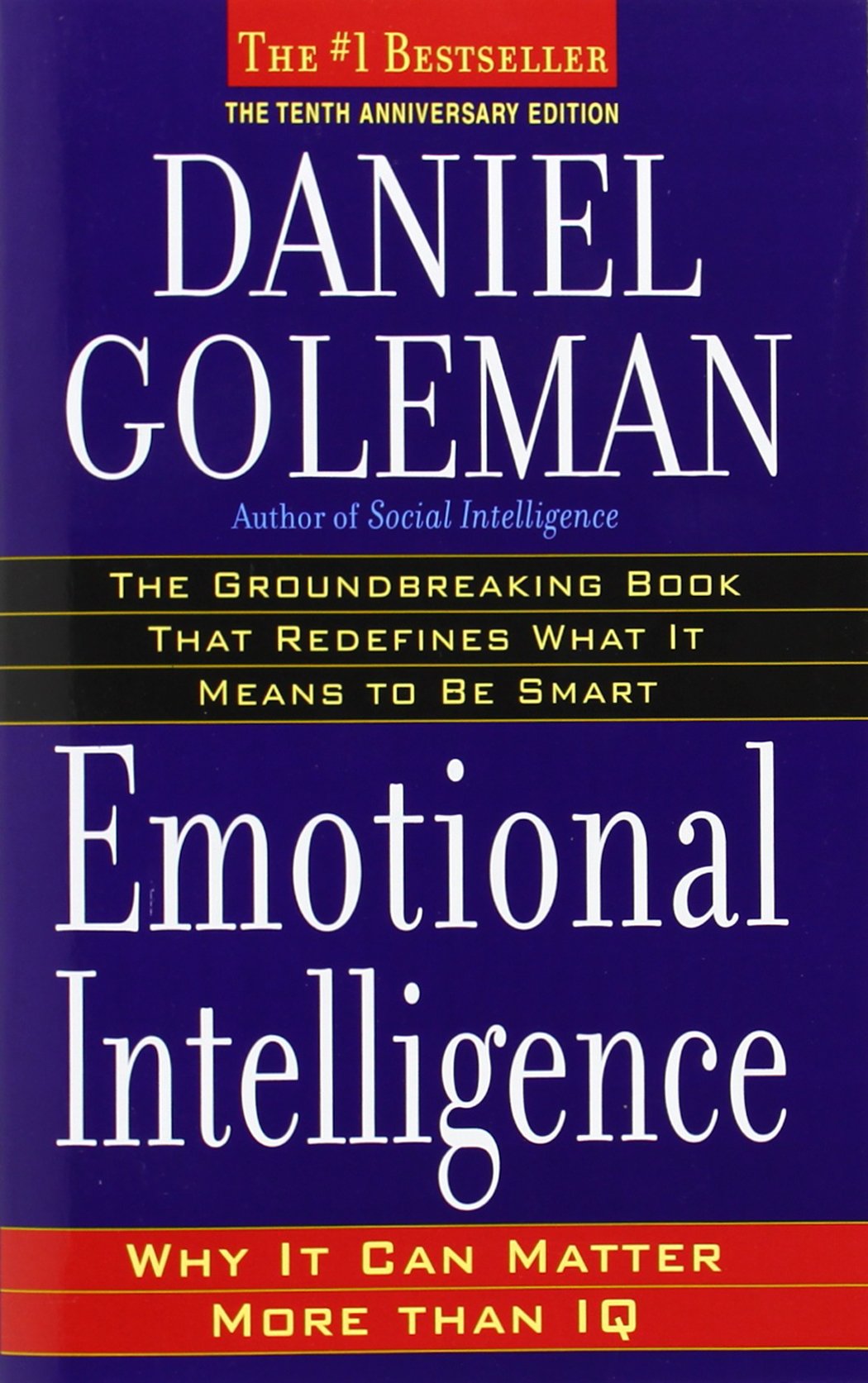In an era inundated with data and metrics, the concept of Emotional Intelligence (EI) emerges as a beacon of understanding human behavior. Daniel Goleman’s seminal work, “Emotional Intelligence,” delves into the intricate tapestry of this phenomenon, unraveling its potent impact on both personal and professional realms. This review endeavors to elucidate the core themes and insights that Goleman offers, along with the different types of content readers can expect to encounter within this profound text.
Firstly, Goleman sets the stage by establishing a robust definition of Emotional Intelligence, distinguishing it from the conventional notion of intelligence quotient (IQ). EI encompasses the ability to recognize, understand, and manage one’s own emotions, as well as the capacity to discern and influence the emotions of others. This nuanced perspective encourages readers to appreciate emotional awareness as a pivotal aspect of human interaction.
One of the salient features of Goleman’s treatise is its division of EI into five primary components: self-awareness, self-regulation, motivation, empathy, and social skills. Each component is meticulously dissected, offering readers a comprehensive understanding of how these elements interact and coexist. For instance, self-awareness, characterized by an acute introspection, is portrayed as the foundational pillar of emotional intelligence. Readers can anticipate engaging anecdotes that illustrate self-awareness in action, thereby fostering a relatable and tangible connection to this abstract concept.
Moving beyond the individual, Goleman articulates the broader implications of EI on leadership and organizational dynamics. He posits that leaders possessing high emotional intelligence can cultivate more cohesive and productive teams. The text is replete with case studies that exemplify successful leaders who harness their emotional acumen to inspire and motivate their teams. Such narratives serve to galvanize readers into recognizing not just the theoretical framework of EI, but its palpable effects in real-world scenarios.
Goleman also delves into the neurological underpinnings of emotional intelligence, an exploration that captivates readers with a penchant for science. He elucidates how the amygdala, often termed the ’emotional brain,’ plays a crucial role in emotional responsiveness. Through a blend of psychology and neuroscience, Goleman articulates how emotional reactions can often precede rational thought, prompting readers to reconsider their own responses in high-stress situations. This intersection of emotion and cognition is examined with a precision that elevates the discourse around emotional intelligence to a profoundly analytical level.
At its core, Goleman’s narrative is imbued with practical applications. He does not merely present theoretical constructs; rather, he offers pragmatic strategies for enhancing one’s emotional intelligence. Readers will find exercises and reflective questions designed to foster self-awareness and emotional regulation. Such actionable content empowers readers to embark on their own journey of self-improvement, encouraging them to integrate EI principles into their daily lives.
A noteworthy aspect of the book is its exploration of the synergy between emotional intelligence and mental health. Goleman poignantly underscores that cultivating emotional intelligence can lead to improved mental well-being. Anxiety, depression, and interpersonal conflicts are often mitigated through the lens of emotional literacy. By cultivating empathy and social skills, individuals can navigate life’s challenges with greater resilience. Here, Goleman transcends the confines of professional development and ventures into the realm of personal growth, offering readers a holistic view of emotional intelligence.
The social implications of emotional intelligence are equally significant. Goleman argues that in a world rife with discord, EI can serve as a catalyst for social cohesion. The ability to empathize—truly walk in someone else’s shoes—is posited as a remedy against the growing chasm of misunderstanding in society. This assertion resonates deeply, inviting readers to ponder their role in fostering compassion and connection within their communities.
Of course, no book on emotional intelligence would be complete without addressing the critique and limitations of the concept. Goleman does not shy away from acknowledging that while emotional intelligence is undoubtedly valuable, it is not a panacea for all interpersonal issues. As readers navigate through the pages, they will encounter discussions concerning the contextual factors that may influence EI—such as cultural norms and individual differences. This nuanced examination fosters a critical understanding and cautions against the oversimplification of complex emotional interactions.
Moreover, the narrative is enriched by Goleman’s engaging writing style, which balances scholarly rigor with accessibility. The prose is laced with eloquent metaphors and vivid illustrations that breathe life into the discourse. Readers can expect to encounter a mix of research findings, personal anecdotes, and philosophical reflections, all harmoniously woven into the overarching narrative of emotional intelligence.
In conclusion, “Emotional Intelligence” by Daniel Goleman is an indispensable read for anyone seeking to navigate the labyrinth of human emotions. Its multidisciplinary approach encompasses psychology, neuroscience, leadership, and personal development, making it a treasure trove of knowledge. The thoughtfully crafted content invites introspection and action, encouraging readers to cultivate their emotional intelligence and, subsequently, enhance their interpersonal experiences. As we navigate the ever-evolving landscape of human interaction, Goleman’s insights serve as a compass, guiding us toward deeper connections, greater empathy, and a more enriched existence.
